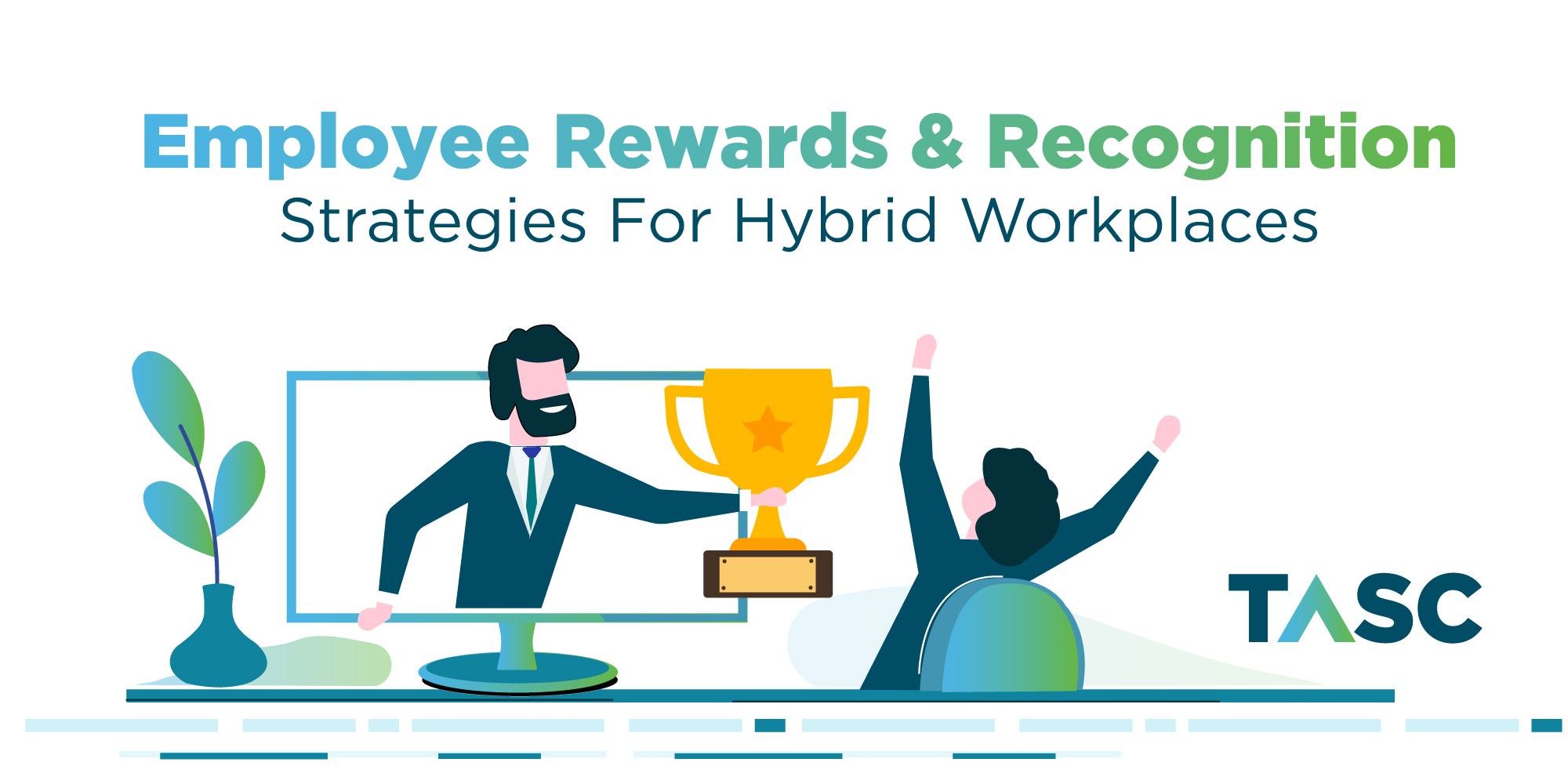7 Effective Strategies to Retain Top Talent
As the talent pool in the post-COVID-19 world continues to shrink, companies are facing difficulties in retaining their best employees. According to Robert Half’s Job Optimism Survey focusing on the worker sentiment on their current and future career prospects, around 41 % of respondents are actively looking or planning to look for new roles in the later months of 2022.
The research signifies that many workers feel confident about their prospects in today’s hiring market, which means employers are at risk of receiving resignations from their top performers.
A high employee turnover rate ultimately harms the financial growth of a business, and more companies are looking for newer ways to retain their best talent. There are several initiatives businesses can take to drive job satisfaction in employees and, ultimately, to retain their highly valued talent.
However, before companies can go ahead and introduce changes in their business structure and policies, employers need to understand why employees are looking for new opportunities elsewhere and how they can provide the same in their organizations.
Why Do Employees Leave?
Genuine exit interviews provide a thorough insight into what employees think of your organization and what you can do to improve your employee retention strategies.
Here are some of the common reasons employees may mention during their exit interviews –
- Inadequate salary, benefits, and other perks
- Feeling unsupported or overworked
- Limited career advancement prospects
- Reduced work-life balance
- Boredom
- Lack of recognition
- Unhappiness with management
- Desire for change
- Better job opportunities at other organizations
How to Retain Your Best Employees?
Though certain geographic regions and industries tend to favour employers, candidates possessing in-demand skills with extensive experience won’t have to wait long to find excellent opportunities. It means that your business will always be at risk of losing its best employees if you do not amp up your retention strategies.
Here are seven strategies that you can implement, regardless of your industry, to take deliberate action in boosting your workers’ job satisfaction levels and retaining them in the long run –
Following the Best Onboarding Practices
You need to set your new hires for success right from the beginning. When you start the onboarding, you shouldn’t just teach them about their job but also about the workplace culture and how they can contribute to flourishing in it. It’s crucial you pay close attention to this step because the training and support you offer at the start will set the tone for their entire tenure with your firm.
Offering Mentorship Programs
Pair your new employee with a mentor to extend their onboarding process, especially when they are working remotely. Mentors not only welcome newcomers but also offer guidance whenever necessary. Therefore, it will help your new hires learn the ropes from experienced personnel while receiving support and guidance from them. Try not to limit mentorship opportunities just to new hires. By making it accessible to your current staff, you can improve the overall job satisfaction of your workers.
Giving Satisfactory Employee Compensation
Employees must be paid fair and competitive compensation, which means you have to sit, evaluate, and reevaluate their salaries regularly. If you aren’t able to pay more right now, look for other ways you can offer compensation, such as bonuses and day offs. Improving retirement plans and healthcare benefits could also go a long way in increasing job satisfaction.
Providing Enough Perks
Perks allow employees to stand out and re-engage with the current staff to play a tremendous role in boosting employee morale. Some of the perks that employees value most include remote work options and flexible schedules. Similarly, paid parental leave is also seen as a great perk.
Paying Attention to Wellness Offerings
Your employees must be physically, mentally, and financially fit to drive your business forward. During the pandemic, many companies improved and expanded their wellness offerings to prioritize mental health and help workers feel supported. Some popular wellness offerings include retirement planning services, stress management programs, and workout and fitness sessions reimbursement.
Keeping an Open Communication Style
Because many companies are operating on a remote or hybrid work schedule, it is paramount to keep an open line of communication with employees. Workers should be able to talk to their supervisors with their concerns, questions, and ideas at any time. Hence, you need to proactively engage with every team member regularly to get an understanding of their job satisfaction and workload.
Providing Constructive Feedback on Performance
Many employers frequently hold one-on-one meetings with their team members to discuss their performance along with their short-term and long-term goals. Doing so not only helps them visualize their future in the company but also helps in chalking out a realistic plan to make those goals a reality.
Wrapping Up
By implementing these seven employee retention strategies, companies can boost their efforts to increase job satisfaction. However, it is essential to keep reevaluating your efforts regularly to ensure your retention strategies aren’t outdated for the current times. It could include the current market standards for compensation, benefits, and best practices for fostering an attractive work culture.
Despite your constant efforts, you must accept that some employees will leave your organization. However, as an employer, it’s your job to make that decision a little less straightforward and difficult for them. If you’ve adequately supported and valued these employees when they were a part of your team, they might end up saying great things about your firm to others or might even turn up at your door someday.





